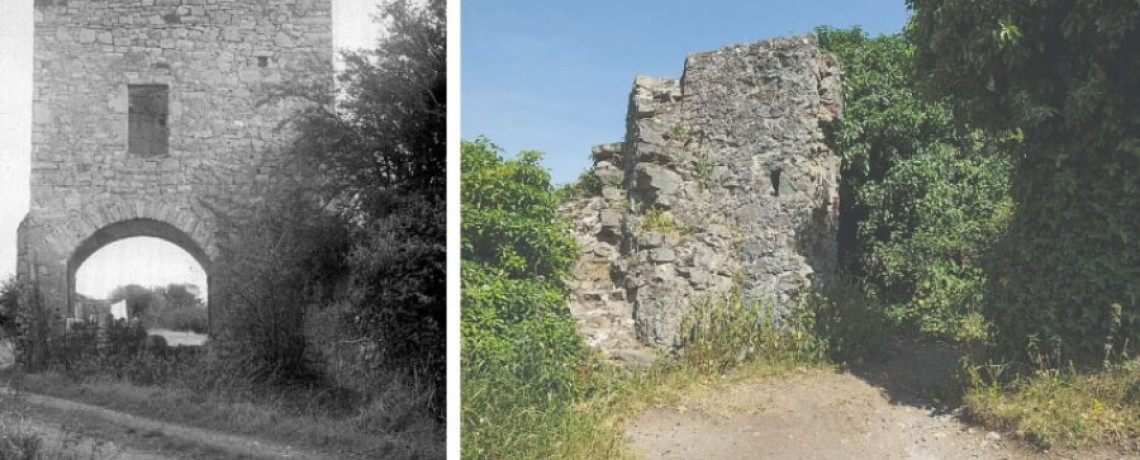
Red Cow Moran Hotel,
Ballymount area in Dublin
When it comes to doing business in Dublin, you’ll find one of the busiest commercial zones in Ireland; ‘Ballymount’ located right on the doorstep of the Red Cow Moran Hotel.
Business in Ballymount
Ballymount is located on the south side of Dublin, convenient to the mainly residential area of Walkinstown to the east, Tallaght to the west and Greenhills to the south. Ballymount houses several large business parks including Ballymount Business Park, Ballymount Industrial Estate, Western Parkway Business Park, Turnpike Industrial Estate, Red Cow Interchange Estate, Sunbury Industrial Estate, Fashion City and Calmount Business Park.
Historical links to Ballymount
Alongside the Luas Tram tracks along the Western Boundary of Ballymount you’ll find the unassuming ruins of a Tower officially called Ballymount Castle but also known locally as Kingswood Castle. The Tower is believed to be the remains of the gate-house to Ballymount Castle.
Ballymount Castle, the remains of which sit within the confines of Ballymount Public Park, is believed to have been constructed in 1622 on lands granted by James I son of Sir Theobald Butler to Sir William Parsons the surveyor general of Ireland. Parsons had great plans not only to construct a fortified manor house which he called ‘Bellamont’ (“beautiful mount”) in reference to the pre-existing mound mentioned further along (Bronze Age grave) but to extend it structurally over the years and to landscape the grounds around it. Unfortunately for him the civil war of the 1640’s put paid to his tenure and he fled the country leaving his great house to be burned down by rebel forces in November of 1646 only 24 years after its construction. The Castle has never been rebuilt and ruination set in very quickly. Two paintings from the late 1700’s one by Dutchman Gabriel Beranger and another by James Saunders depict the house and ancillary buildings as they were then and gives an insight to the nature of the Castle.
The part-built estate lay dormant until 1689, when William of Orange conferred the lands to one Richard Coote of Colooney, an area that is just south of Sligo town.
The Coote family held title to the lands until the early 1800’s when his cousin Charles, then owner of the lands, passed away leaving no heir.
Also located in this area to the northwest of the ruin site is a large mound called The Motte which is believed to be a Bronze Age burial mound and not of medieval construction as a true Motte would be. Another ruin sits on the crest of it and appear to be those of another tower house. These ruins are of a venture known as ‘John Butler’s folly’. Butler who in the early 18th century had resided in the nearby Ballymount House and whose family had come into possession of the lands on which Ballymount Castle had stood went about constructing what was basically a fake ruined tower as a centrepiece of his daughter’s wedding so that the gardens still maintained around the ruins could be viewed from aloft. The building was deliberately never finished to give it an authentic ruin appearance and ironically it has fallen into further ruin over the years
Ballymount is accessed by a number of public bus routes from Dublin city centre, and via the Red Cow Stop on the Red Luas Line.
